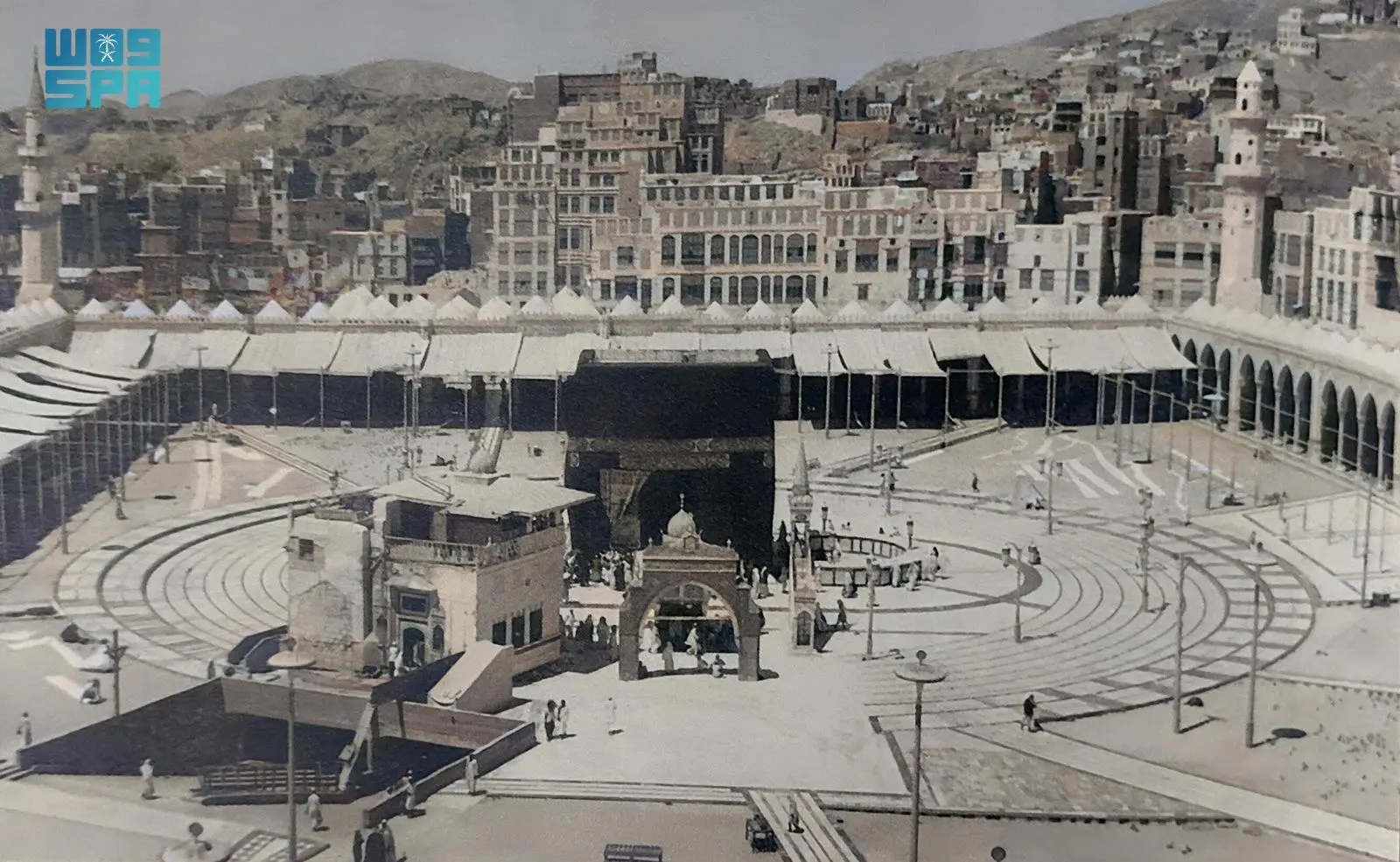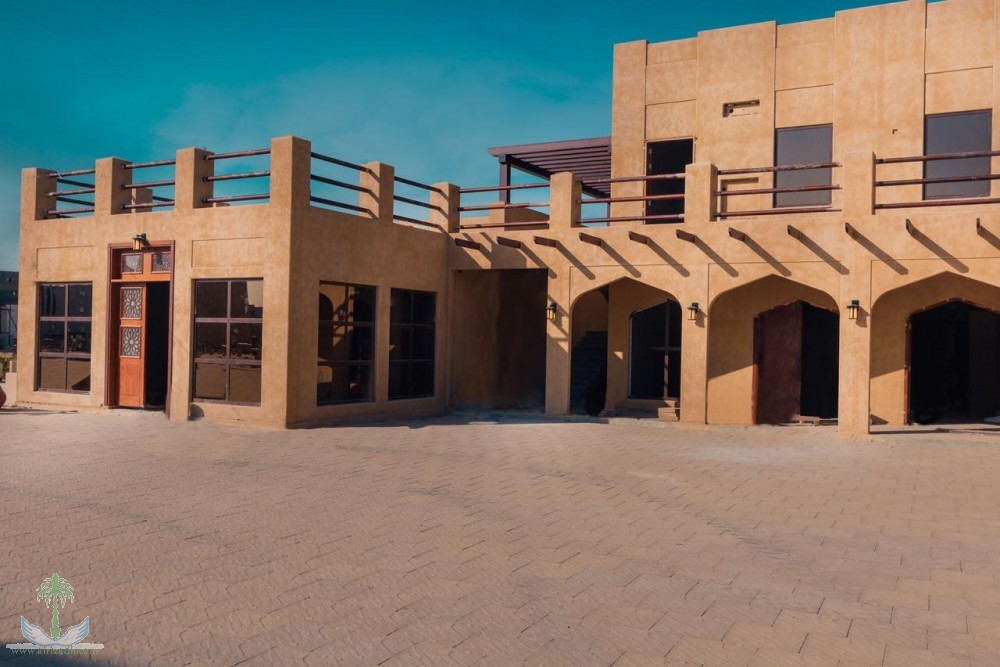
Visual Chronicles: Tracing Evolution of Grand Mosque through Time
The audio-visual heritage of the Grand Mosque is a sacred time capsule, capturing the spiritual journeys of millions of Muslims throughout history as the architectural development of this holy site unfolds before the viewer's eyes through old photographs and visual records.
According to the General Authority for the Care of the Affairs of the Grand Mosque and the Prophet's Mosque, these visual archives chronicle the phases of the Grand Mosque's expansion and the enhancements made to accommodate the growing number of pilgrims and visitors. From panoramic vistas of Makkah in the late 19th century to scenes of Saudi expansions, this visual legacy serves as a crucial historical reference.
A significant historical photograph from 1372 AH (1953 AD) captures a pivotal stage in the Grand Mosque's development, showcasing the installation of awnings to shield worshippers from the sun's heat. This development is a part of the documented history detailing the various stages of the mosque's expansion and facility improvements.
An expansive image dating back to 1297 AH (1881 AD) offers a comprehensive view of Makkah, including the Grand Mosque and the surrounding old buildings nestled amidst the mountains. This image provides a glimpse into the urban layout of central Makkah in the late 19th century before modernization efforts.
Another captivating image showcases the door of the Holy Kaaba during the reign of King Abdulaziz Al Saud in 1363 AH (1944 AD), illustrating the commissioning of a new door for the Kaaba, which was later installed in 1366 AH (1947 AD). This image commemorates the creation of the door in Makkah, a significant landmark ordered by King Abdulaziz.
Moreover, an image captures the Al-Masaa during the Hajj in 1374 AH (1955 AD), portraying the first Saudi expansion with the addition of a new roof to shield pilgrims from the sun during the Sa'i between Safa and Marwa.
Another image depicts King Saud bin Abdulaziz Al Saud inspecting the Black Stone in 1375 AH (1956 AD). During this inspection, the stone is seen without the silver ring for the first time, signaling the preparation for the placement of a new ring upon it.
Additionally, a photograph of the first Saudi expansion of the Grand Mosque from 1376 AH (1957 AD) highlights the construction of marble stairs connecting to the surrounding streets, easing the flow of pilgrims in and out of the mosque. This expansion was one of many undertaken during the 20th century to accommodate the rising numbers of pilgrims and visitors.
Furthermore, an image from King Saud's reign in 1382 AH (1962 AD) shows the creation of a new curtain for the Kaaba door at the Kiswa factory in Makkah, marking the second locally manufactured curtain. Another image from King Khalid's reign in 1399 AH (1979 AD) portrays the installation of a new door for the Kaaba at the Grand Mosque. It captures the moment when King Khalid exited the Kaaba after unveiling the new door by removing the curtain.
Another image captures the Kaaba, Zamzam well, and the surrounding squares of the Mataf before contemporary expansions. The scene includes the old Al-Masaa covered by an awning to shield pilgrims from the sun before Saudi expansions. This protective covering facilitated pilgrims performing the Sa'i between Safa and Marwa until the area underwent extensive modernization.
The audio archive of the Grand Mosque unveils a unique aspect of historical recordings, featuring recitations by the mosque's readers. Since the establishment of the sound library in the Grand Mosque in 1407 AH (1987 AD), a vast collection of recordings has been amassed, documenting recitations, Friday sermons, and religious lessons. Efforts are underway to digitize this material to safeguard it for future generations.
Technical enhancements are applied to the audio recordings to ensure optimal quality, utilizing advanced programs to eliminate noise and enhance clarity. A dedicated committee reviews the audio content to maintain accuracy and recording quality, preserving this auditory heritage for Muslims worldwide.








